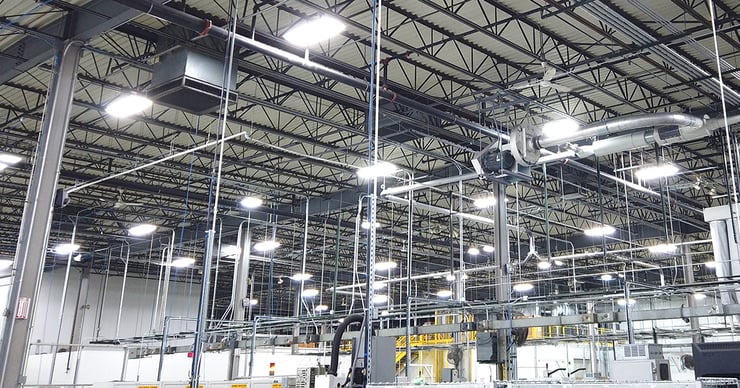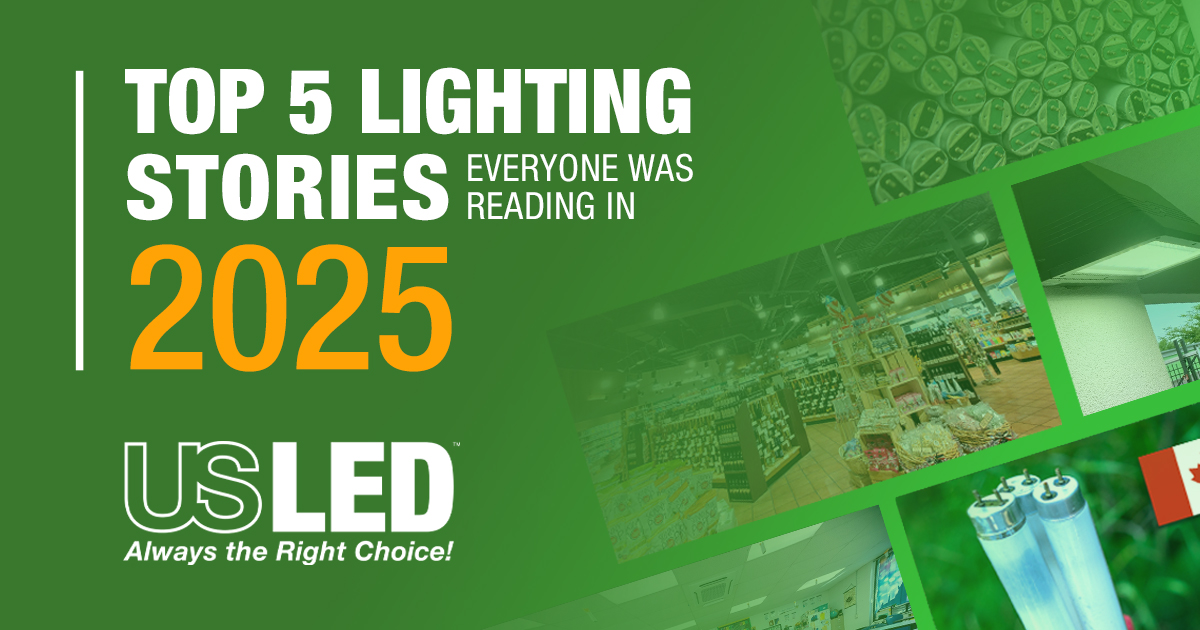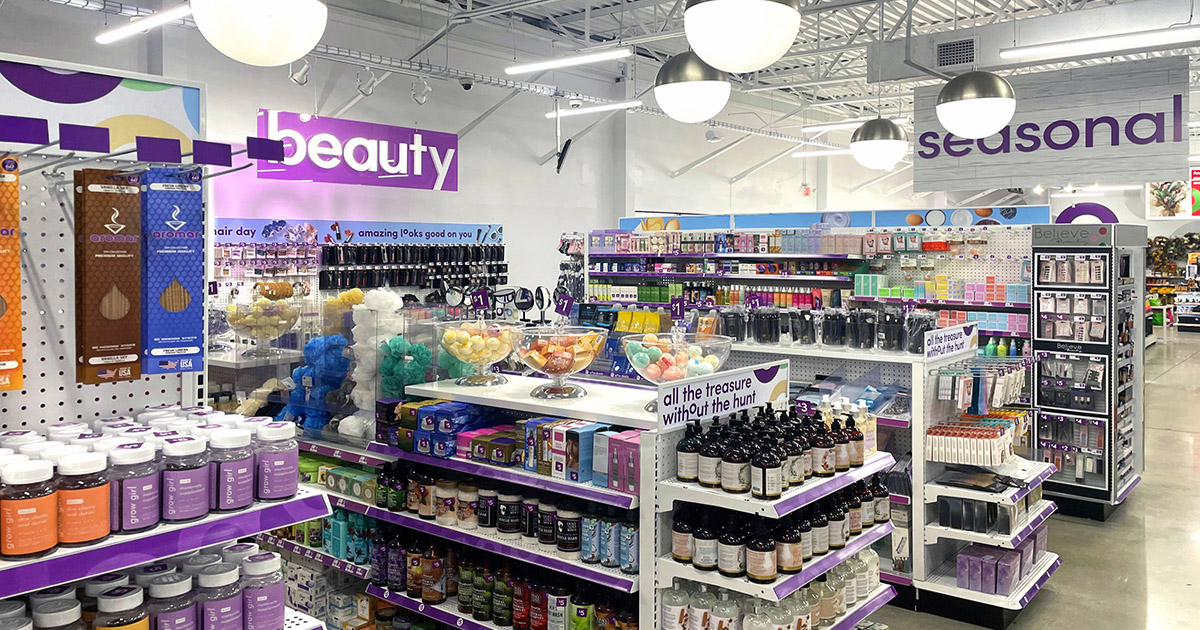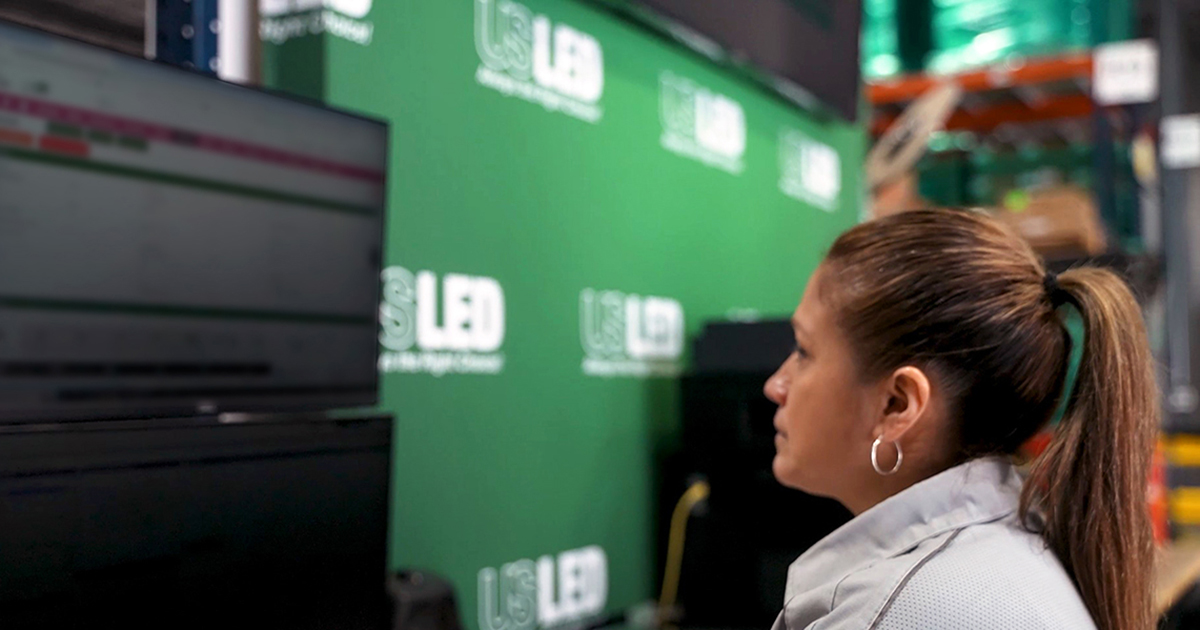
Commercial real estate and building management sectors have had the opportunity to adapt and capitalize on new opportunities post-COVID. With record funding levels and investment volume, the AIA forecasts a 19.7% surge in construction spending for commercial and industrial buildings (nonresidential) in the remainder of 2023 and into 2024. Despite that anticipated growth, organizations are doing their best to reduce expenses by reconsidering property utilization and focusing on energy management initiatives. So, what are the trends beginning to take shape? The following are four smart strategies businesses can implement immediately to boost operational efficiency and maximize their return on investment.
1. LED Lighting Upgrades
Lighting is crucial for businesses to provide a well-lit environment, ensuring visibility for customers and employees. Upgrading to LED technology reduces energy consumption by up to 75%, resulting in significant operational savings. This energy reduction allows owners to realize immediate monthly savings on their utility bills. Moreover, the longer lifespan of LED lighting reduces maintenance costs and eliminates the labor of servicing lights.
Installing LED lighting is also eco-friendly for organizations, effectively lowering their carbon footprint. It uses less power than traditional sources and can significantly reduce greenhouse gas emissions. One retailer saved 226 million kWh/year and reduced CO2 equivalent by 353,097,297 lbs. - the same as removing 34,510 gas-powered vehicles from the road and saving 189,542 acres of U.S. forests.
2. HVAC System Optimization
Maintaining an optimal temperature and humidity indoors is crucial for the well-being of customers and employees. Inefficient HVAC operation can lead to excessive energy consumption, higher utility costs, and long-term equipment issues. HVAC system optimization upgrades controls with WiFi-enabled sensors, controllers, and thermostats to run facilities efficiently without sacrificing ideal environmental conditions.
With sensors and controllers, business owners and managers have real-time visibility into equipment functionality and can automate scheduling to prioritize energy efficiency. Likewise, automatic equipment alerts allow predictive maintenance to prolong equipment life and reduce down time.
3. Operational Efficiency Systems
Building Automation Systems (BAS) and Energy Management Systems (EMS) centrally manage field equipment for multiple properties using advanced controls and are pillars of an operational efficiency strategy. These scalable solutions maintain an optimal environment for businesses while reducing resources and costs. Customized dashboards allow control of property systems and accumulate data in one graphical interface for analysis and automation. Managers can remotely monitor a single site or multiple locations’ environmental conditions, diagnose electrical and mechanical faults, and respond promptly, avoiding customer dissatisfaction and additional expenses.
4. Utility Rebates and Tax Deductions
Now more than ever, utilities offer rebates and incentives for business owners so that they can upgrade their outdated lighting to LED technology. Recent legislation has also increased available tax subsidies for energy-related projects, making operational efficiency solutions more affordable and covering a sizable portion of the implementation costs.
With over 3,000 utilities across North America, lighting rebates vary between geographic locations for available funding. Most utilities offer prescriptive rebates with specific guidelines and predetermined amounts. It's critical to work with a lighting provider who understands and has had experience with these programs. A qualified operational efficiency solutions provider can estimate applicable rebates, verify product eligibility, and help with documentation.
The 179D Commercial Buildings Energy Tax Deduction allows property owners to claim tax deductions for installing qualifying energy-efficient systems, including interior lighting and control systems. To be eligible to claim up to $5.00 per square foot, a complete study must be conducted to evaluate qualification, including energy modeling, field inspection, certification, and reporting completed by qualified firms specializing in engineering tax incentive services.
Experience Makes The Difference
In today's highly competitive market, businesses must implement operational efficiency strategies to thrive and stay relevant. By partnering with an experienced provider, companies can limit personnel involvement and liability, all while reducing energy and maintenance costs. With its vast expertise in LED lighting, controls, and other efficiency solutions, US LED stands out as the right choice for businesses seeking to enhance productivity and lower expenses. Take the first step towards a brighter future today by contacting US LED for an initial assessment.











